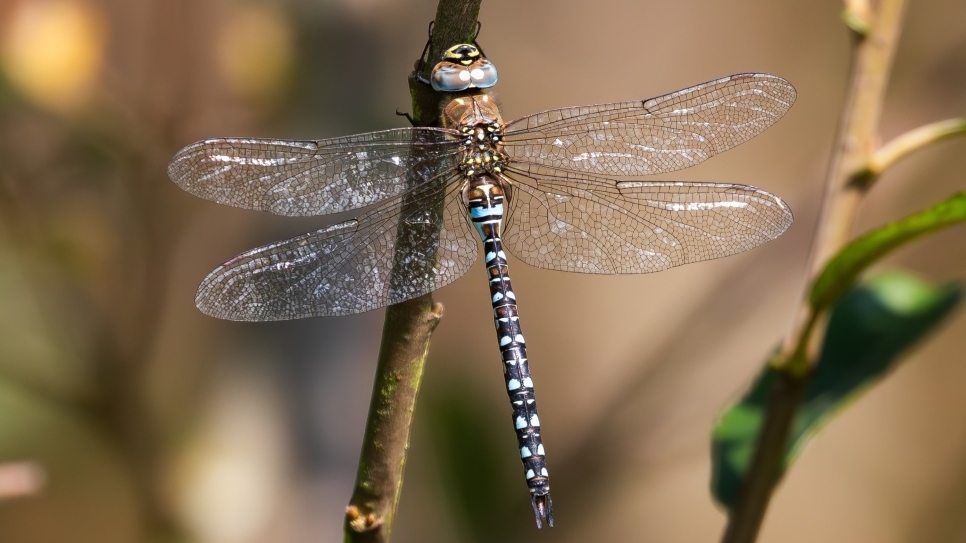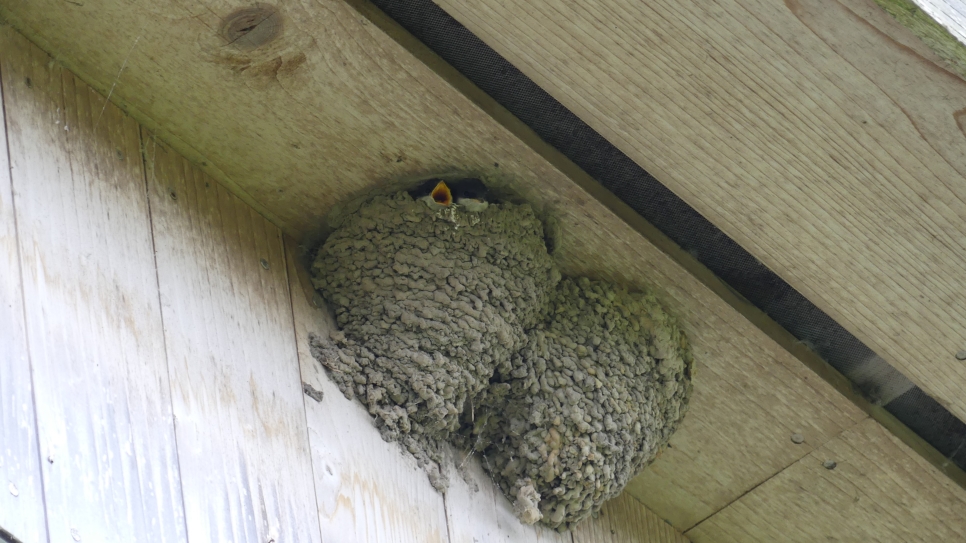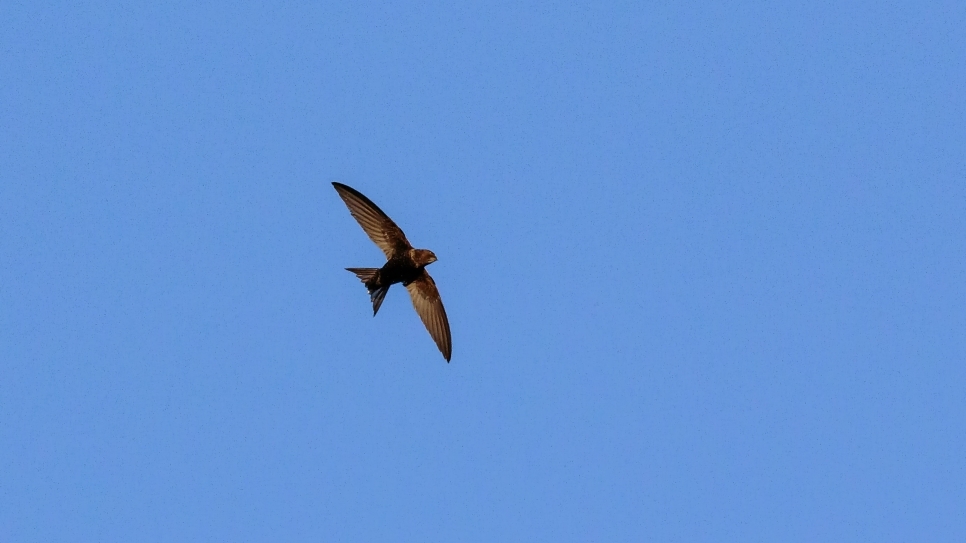Pollutants on the merse
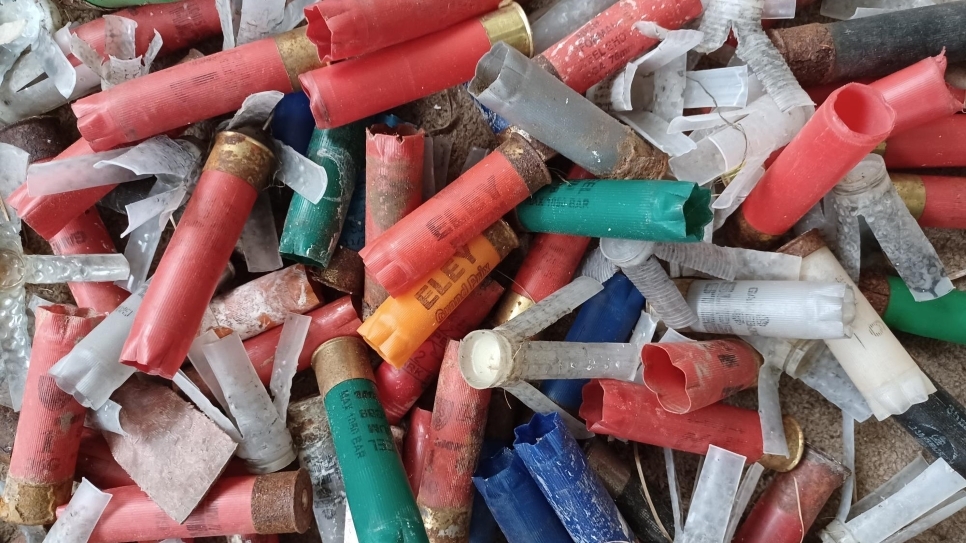
I was walking along the Lochar Water on the reserve recently and came across some routine litter for this time of year: shotgun cartridges and plastic waddings.
To be clear, the wildfowlers who discard this litter are perfectly allowed to shoot along the north side of the river. This is provided they do so by following the legal guidelines for their activity and don’t break the access legislation but it is a shame to see carelessly left litter from an activity that professes to love the wildness of the site. We all know the problems that carelessly discarded plastics can cause to nature as they crumble to particles and enter the ecosystem. However, there is actually a much more alarming and sinister issue happening here that has just recently been uncovered.
For all of last year’s shooting season, I have been collecting discarded cartridges, logging their number and location. For a large part of the wildfowling period, along a 1.5 km stretch of river, I picked up 77 discarded cartridges in total. To be sure, some were old and had been washed out of the sediment but many were fresh. These cartridges were posted off to Prof. Rhys Green who has been analysing cartridges from wildfowling spots across all of Scotland. He found some shocking results.
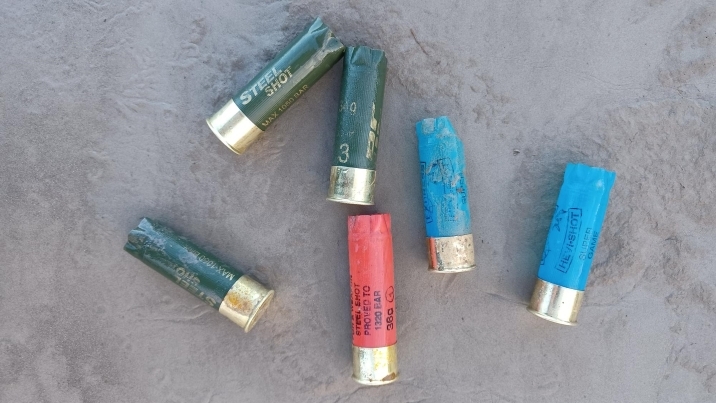 Six cartridges on the silt of the merse
Six cartridges on the silt of the merse
It turns out that between 33 and 52% of cartridges collected at Caerlaverock were lead cartridges (46 – 58 % across all of Scotland). This is startling because in 2005 using lead cartridges in wetland habitats was made illegal in Scotland for the simple reason that lead accumulates in the silt and can then be accidently eaten by waterfowl causing poisoning and death. Not only this but it then passes up the food chain to birds of prey and scavengers so causing further poisoning in the ecosystem.
For many years, WWT has been campaigning to make lead shot illegal across all habitats in the UK for exactly this reason but it is disappointing to see that even when lead is made illegal the law is ignored by a minority and the special wildlife-rich sites like Caerlaverock continue to be polluted. Collecting data such as this and feeding it into scientific papers is just one way that our work at Caerlaverock can help to influence wider policy improvements. As an organisation, WWT will continue to lobby for laws to be set and enforced that help to protect wetlands such as Caerlaverock.
To read Prof. Rhys Green’s paper in full follow this link.
Words and pictures by David Pickett, site manager.
